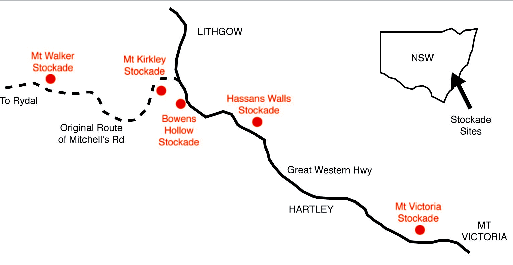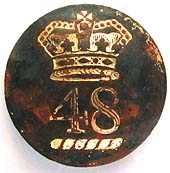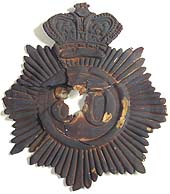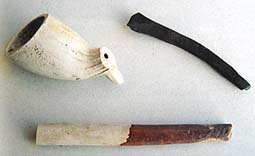Convict Stockades
|
|||||||||||||||
| Comleroy Road > Comleroy Rd Convict Camp > NSW Stockades > Lithgow Stockades
In the 1830s, many convict stockades were built to house convict iron gangs working on roads and bridges in New South Wales. Surveyor General, Sir Thomas Mitchell, was building a new road from Mt Victoria to Bathurst, that descended the Blue Mountains via Mt Victoria Pass then deviated northwards towards the town of Rydal. To complete the cuttings, road buttresses and bridges required by this new colonial western road, convict stockades were built at Mount Victoria, Hassans Walls, Bowens Hollow, Mount Kirkley and Mount Walker, in the Greater Lithgow area of NSW.
As well as convict huts, usually enclosed by a high wall, some convict stockades had quite a number of buildings such as a Commandant's house, barracks for the guards, stores, kitchens etc.
|
|||||||||||||||
|
Comleroy Road - The Facts • 'Comleroy Road' Settlement in the Hawkesbury • Comleroy Road Convict Camp • 'Comleroy' in the Hawkesbury? Not any more! • Benjamin Richards' Kamilaroi House • History of Comleroy Road • The Original Comleroy • Comleroi locality in the Hunter • Kurrajong Scarecrow Festival Displays • Les_Dollin Homepage • Contact Us
|
|||||||||||||||
|
© 2006-2012. comleroyroad.com . All Rights Reserved. A page on the history of convict stockades.
|
|||||||||||||||



